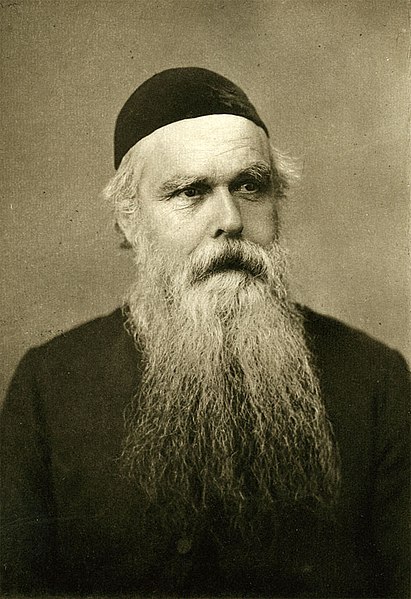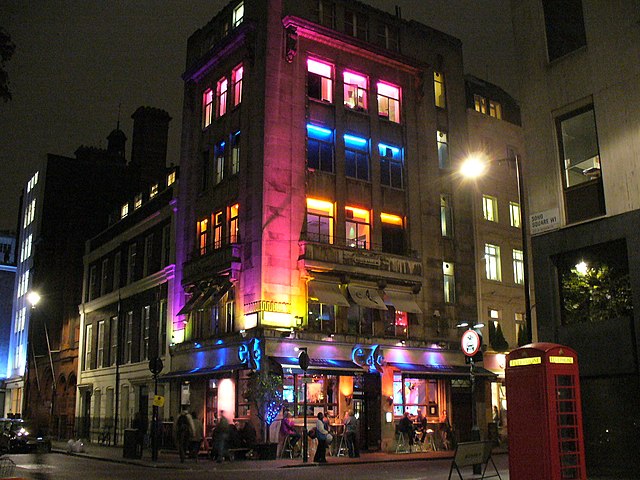1854 Broad Street cholera outbreak
The Broad Street cholera outbreak was a severe outbreak of cholera that occurred in 1854 near Broad Street in Soho, London, England, and occurred during the 1846–1860 cholera pandemic happening worldwide. This outbreak, which killed 616 people, is best known for the physician John Snow's study of its causes and his hypothesis that germ-contaminated water was the source of cholera, rather than particles in the air. This discovery came to influence public health and the construction of improved sanitation facilities beginning in the mid-19th century. Later, the term "focus of infection" started to be used to describe sites, such as the Broad Street pump, in which conditions are favourable for transmission of an infection. Snow's endeavour to find the cause of the transmission of cholera caused him to unknowingly create a double-blind experiment.
A replica pump commemorating the outbreak and John Snow's investigation of it.
Rev. Henry Whitehead
A wider image of the pub named after John Snow with the pump centre-right
A wider image of the pump, with the red granite slab in view in the bottom-left corner.
Soho is an area of the City of Westminster in the West End of London. Originally a fashionable district for the aristocracy, it has been one of the main entertainment districts in the capital since the 19th century.
Image: Soho (1877979497)
Image: Gardeners hut Soho Square 030
Image: Greek Street geograph.org.uk 1104098
Image: Ronnie Scott's Jazz Club, Frith Street, Soho geograph.org.uk 1510854








